An aquarium full of lush green algae can quickly go from a charming feature to an overwhelming nuisance. While manually cleaning the glass and decor is an option, algae eater fish provide a natural and efficient solution.

An Introduction to Algae Eater Fish
Algae eater fish are a diverse group of fish that consume various forms of algae as part of their diet. Their specialized mouths, tooth structures and digestive systems allow them to scrape algae off surfaces and gain nutritional value.
By eating algae in the aquarium, these fish serve as a natural clean-up crew and prevent algae overgrowth. This helps keep the tank looking pristine and improves overall water quality.
Beyond their functional roles, algae eaters add visual interest and personality to the aquarium. Their unique behaviors like latching onto surfaces with their sucker mouths entertains both beginner and experienced aquarists.
Benefits of Keeping Algae Eater Fish
Algae eater fish provide a range of benefits:
Algae Control
The primary benefit of algae eaters is their ability to keep algae levels in check. Different species target different types of algae. For example, Siamese algae eaters feast on brush and hair algae, while nerite snails devour green spot algae.
By grazing on algae around the clock, they prevent it from taking over the aquarium. You’ll spend less time manually removing algae if you have a clean-up crew handling it.
Improved Water Quality
Excessive algae growth can deplete oxygen levels and release toxins, degrading water quality.
By regulating algae, algae eaters prevent these harmful algal blooms. The result is cleaner, healthier water for all your fish.
Natural Filtration
Algae eaters are like small natural filters, breaking down excess nutrients in the water. The algae they consume becomes waste that your filtration system can easily manage.
This makes their work synergistic with that of your tank’s filter and helps maintain the nitrogen cycle.
Added Oxygenation
Photosynthesizing algae produce oxygen. But dense growths can also reduce surface agitation, causing oxygen levels to drop.
Algae eaters thin out thick algal growths, allowing for better gas exchange at the water’s surface. Their algae grazing leads to a well-oxygenated and comfortable environment for tank inhabitants.
Popular Types of Algae Eater Fish
There are many types of algae eaters to choose from. Some of the most popular include:
Bristlenose Plecostomus
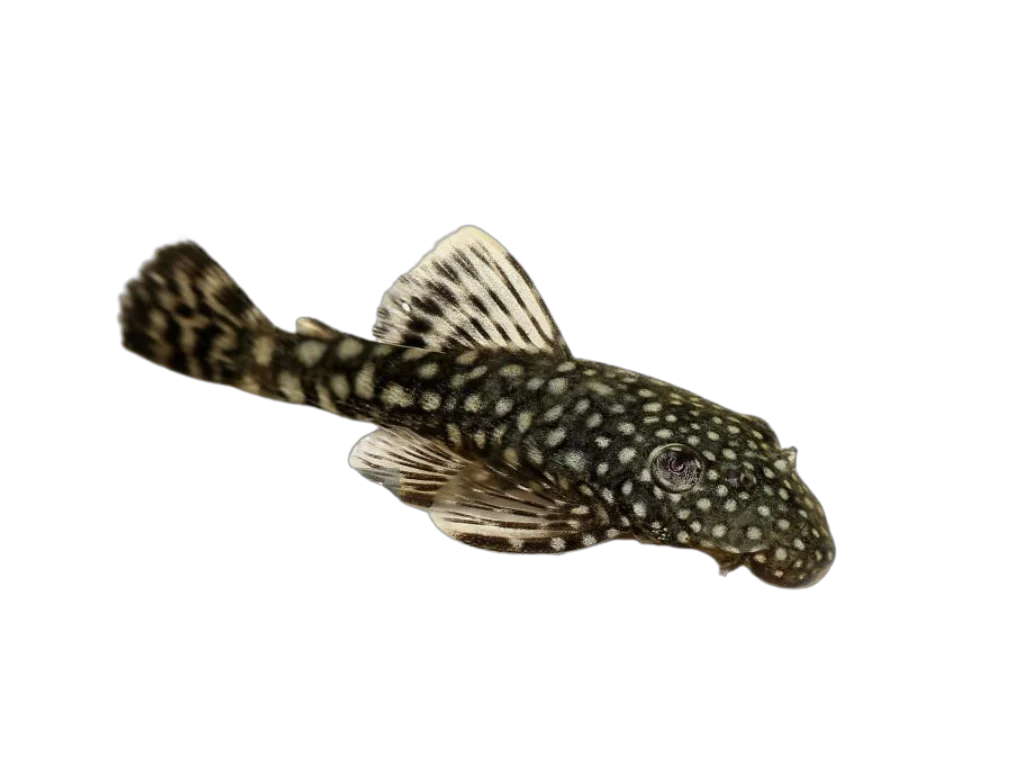
The bristlenose pleco is a common algae eating fish cherished for its labyrinth organ that allows it to breathe air. Its hardy nature makes it suitable for beginners.
Recognizable by its bushy “bristles” on the nose, this pleco eagerly consumes brown and green algae. It can reach 5 inches in captivity and lives 5-10 years.
Siamese Algae Eater
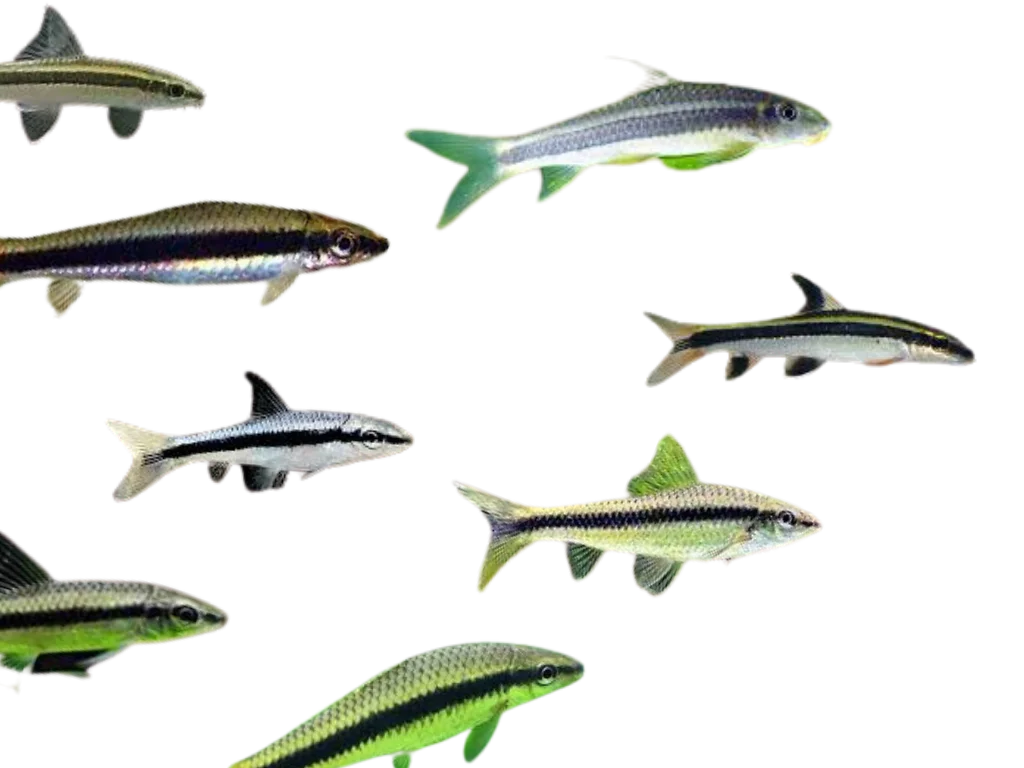
Siamese algae eaters are tireless algae grazers, efficiently clearing brush and hair algae tanks. They grow to 6 inches long and have a 6-10 years lifespan.
Young siamese algae eaters have a characteristic black horizontal stripe. This fades as they mature, making identification tricky. Look for a pointed head shape.
Otocinclus Catfish
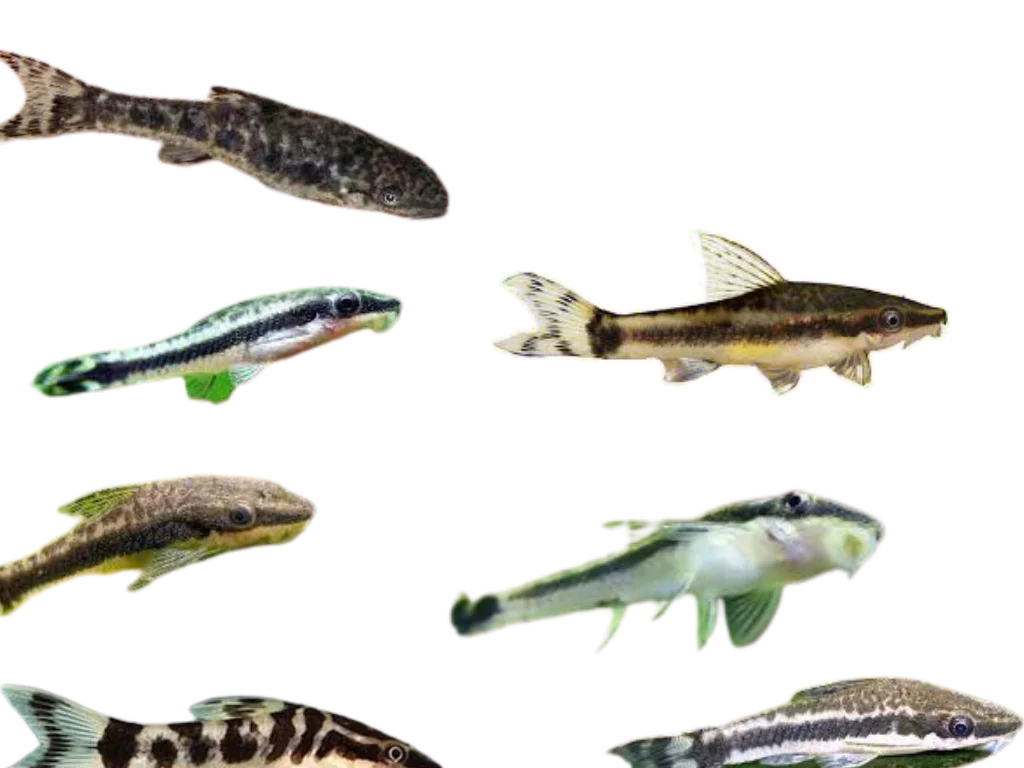
Otocinclus catfish are small algae eating fish, maxing out at 2 inches. They are completely peaceful, making them suitable for nano tanks and community setups.
With a voracious appetite for soft green algae, they help keep plant leaves and aquarium glass pristine. Their golden brown bodies have a subtle stripe pattern.
Nerite Snails
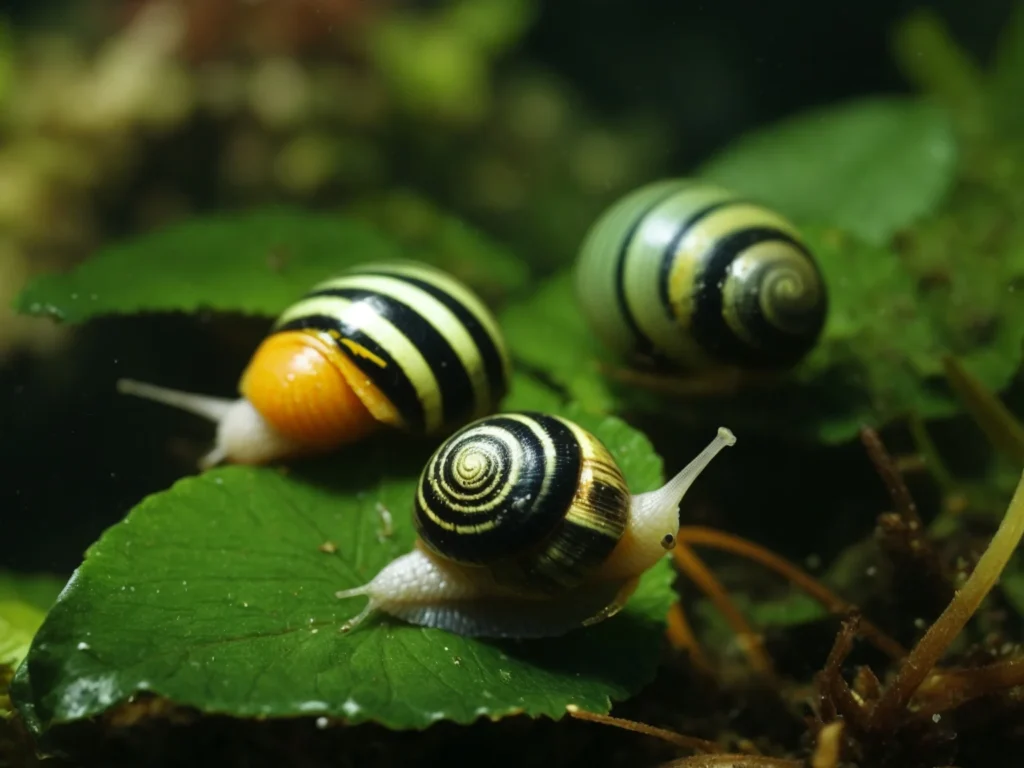
While not a fish, nerite snails deserve a mention as the champion algae eaters for planted tanks. These snails feast on green spot algae covering leaves and glass.
Nerites won’t reproduce in freshwater, making their population easy to control. Their striped shells add aesthetic appeal.
Chinese Algae Eater
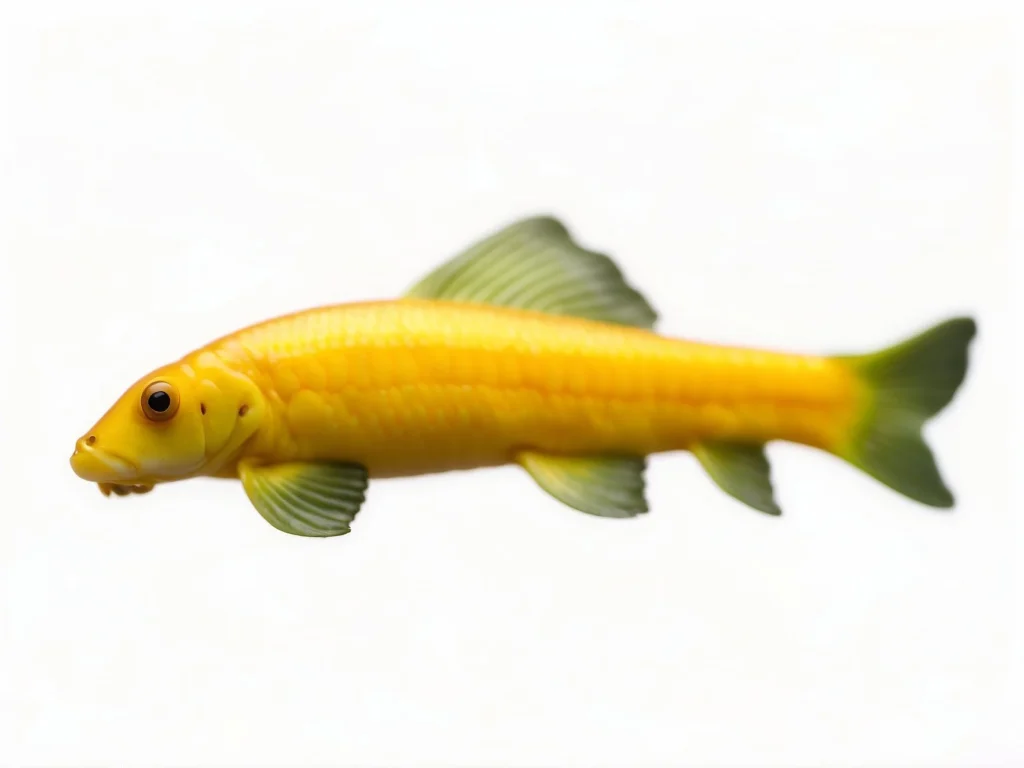
Chinese algae eaters quickly remove soft green algae and black beard algae. But they become aggressive toward tankmates as they reach adulthood.
Unless you have an isolated tank, it may be best to avoid this fish. Instead, choose from the more peaceful options above.
Choosing the Right Algae Eater Fish
With so many algae eaters to pick from, how do you select the right one? Here are some key factors to consider:
Types of Algae in Your Aquarium
Examine your tank to identify problem algae types. Then research fish that consume those particular algae.
For example, tanks overrun with black brush algae call for a Siamese algae eater. Nerite snails work well against green spot algae.
Extent of Algae Growth
Don’t add algae eaters to a tank that’s squeaky clean. Wait until some algal growth is present so they have food sources.
For mild algae, a few otocinclus catfish or nerites may suffice. Tanks engulfed in algae require heavy duty cleaners like plecos.
Aquarium Size
Consider the adult size of the algae eater and ensure your tank can comfortably house it.
Avoid plecos in small tanks, since they need at least 30 gallons when fully grown. Stick to otocinclus for 10 gallon setups.
Other Tank Inhabitants
Research whether potential algae eaters are compatible tankmates for current residents.
Siamese algae eaters should not be kept with slow, delicate fish who may be bullied. Nerite snails are safe with everyone.
Specialized Diets
Some algae eaters like plecos need supplemental foods like algae wafers. Be prepared to feed them separately from other fish.
Caring for Your Algae Eating Fish
Here are some top care tips to keep your algae eaters healthy:
Give Them Algae to Eat
While algae eaters will accept some flakes and pellets, algae should make up most of their diet.
If algae levels are low in the main tank, consider growing algae on rocks or wood in a separate container. Then rotate these algae-covered items into the display tank to create a constant algae supply.
Offer Supplemental Foods
Some species need more than algae to thrive. Feed pleco wafers to plecos and blanched vegetables like zucchini to otocinclus.
Supplementing their diet will ensure algae eaters receive proper nutrition if algae is scarce.
Maintain Stable Water Parameters
Algae growth can indicate water quality issues. Keep nitrates low, use plants to absorb excess nutrients, and perform regular water changes.
This will discourage algae while providing algae eaters with clean, healthy water.
Give Them Plenty of Room
Territorial disputes can emerge if algae eating fish are cramped. Avoid overstocking and use larger tanks for active swimmers like Siamese algae eaters.
Dense plants and rock caves provide cover and visual barriers to reduce aggression.
Quarantine New Additions
Quarantining new fish prevents the spread of contagious illnesses like ich to established tank residents.
Isolate algae eaters for 2-4 weeks before adding them to the main tank.
Maintaining the Perfect Algae Balance
The aquarium hobby is all about balance. You want enough algae growth to sustain algae eating fish, but not enough to take over the tank.
Here are some tips to strike that perfect balance:
Start with a Clean Tank
Begin with a thoroughly cleaned setup – no visible algae in sight. This allows the algae level to build up gradually as the tank matures.
Control Lighting Duration
Too much light fuels algae growth. Keep the daily photoperiod to 8 hours and avoid direct sunlight on the tank. Use timers to ensure consistency.
Maintain a Routine
Perform weekly water changes without fail, test water parameters routinely, and promptly remove decaying plant matter. Consistency is key for managing algae.
Add Algae Eaters Gradually
Start with just one or two algae eating fish. Monitor algae levels for several weeks and only add more if algae rebounds.
Remove Excess Algae Manually
Use algae scrapers and suction devices to remove some algae manually. This prevents algae from outpacing your clean-up crew.
Be Patient!
It takes time to strike the perfect balance. Stick to a consistent tank maintenance routine and gradually adjust to find equilibrium.
FAQ About Algae Eater Fish
What fish eats algae in a tank?
Many fish consume algae, but true algae eating fish specialize in algae as a significant part of their diet. Common algae eating fish include plecos, otocinclus, Siamese algae eaters, nerite snails, and Amano shrimp.
Do algae eaters keep tank clean?
Yes, dedicated algae eaters are very effective at keeping aquarium glass, decor, and surfaces free of algae. They constantly graze on algae and prevent it from accumulating. However, their algae eating ability has limits, so manual algae removal is still necessary.
How big do algae eater fish get?
Size varies greatly by species, from 1-inch otocinclus and 2-inch nerite snails to plecos that can reach 2 feet long! Select an algae eater that will fit the tank when fully grown. Siamese algae eaters reach 6 inches, a good size for many setups.
Do algae eaters really help?
Absolutely. By consuming algae, algae eating fish enhance the tank’s appearance, improve water parameters, and reduce the maintenance workload for aquarists. Don’t expect them to eliminate algae alone – they need support through proper tank maintenance.
What are the best algae eaters for ponds?
For ponds, golden algae eaters, albino sailfin plecos, and bristlenose plecos do well in outdoor water features. They can handle temperature fluctuations and help keep pond surfaces and decor algae-free.
What are the best algae eaters for small tanks?
Otocinclus catfish, nerite snails, and shrimp like Amanos and ghost shrimp make excellent algae eating additions to small tanks under 20 gallons. They have a very small bioload and won’t overstock the tank.
How many algae eaters should I get?
Start with just 1 or 2 algae eaters, monitor their impact on algae growth, and gradually increase numbers if algae persists. Avoid overstocking as too many algae eaters can rapidly strip algae, leaving themselves without food.
Conclusion
Algae eater fish are a game changer in aquarium maintenance and algae control. Consuming nuisance algae enhances water quality, improves tank aesthetics, and reduces cleaning work.
Carefully select algae eaters suited to your tank size, current algae issues, and aquarium inhabitants. Provide plenty of algae grazing room, supplemented with other foods like algae wafers.
With their charming behaviors and non-stop appetites, algae eating fish add function and personality to freshwater setups. Just strike the right balance, allowing some algae growth to sustain these tireless workers!